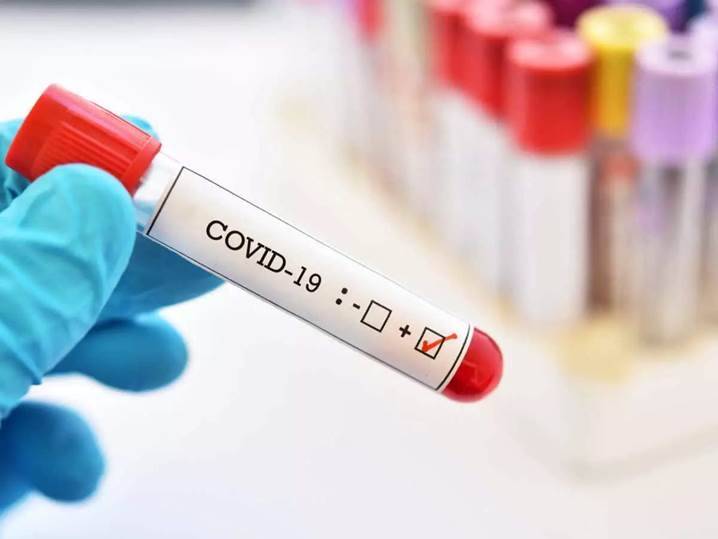Earlier this month, the director-general of the World Health Organisation said authorities were aware of the variant and were monitoring it closely…reports Asian Lite News
Five cases of the Covid-19 subvariant Omicron BA.2.75, or “Centaurus,” have been detected in Moscow, the country’s consumer rights and human well-being watchdog Rospotrebnadzor has said.
“Five genomic sequences assigned to the BA.2.75 subvariant of the Omicron strain have been added to the VGARus (Virus Genome Aggregator of Russia) database.”
Rospotrebnadzor said the samples were taken in July in Moscow, adding the patients all have a mild form of the virus and have not been hospitalized.
“Centaurus” was first detected in May in India and is believed to be highly transmissible.
Centaurus, which has the official designation BA.2.75, has been found mostly in India, although cases have been detected in Australia as well as the US, UK, Canada and Germany.
Earlier this month, the director-general of the World Health Organisation said authorities were aware of the variant and were monitoring it closely.
But WHO COVID-19 technical lead, Dr Maria Van Kerkhove, said only now were sufficient samples becoming available to enable proper analysis of the subvariant.
“There are about 200 sequences available from about 14 countries. Our understanding of this virus is quite limited so far because we have very few sequences available,” she said.
Dr Michael Lydeamore, a research fellow in infectious diseases at Monash University, says centaurus is a form of Omicron, but with some unique mutations that distinguish it.
Omicron, he explains, refers to the high-level variant, which has undergone gene mutations to give rise to the BA.1 and 2, and BA.4 and 5 subvariants. “Those are called subvariants because you have the same high-level structure as Omicron but with a few extra mutations,” he says.
“Centaurus has the BA.2 mutations and then a few extra again, so it’s a kind of sub-subvariant.”
However, he says it is still not clear whether those extra mutations mean centaurus is more transmissible, better able to evade immunity, or produces a more severe illness.
“We’re seeing variants with high immune evasion become common in Australia,” he says. “But that makes sense because we have high levels of immunity in the community, so the only a way a variant can take off is immune evasion.”
He says the majority of Australia’s COVID-19 cases are now due to the BA.4 and BA.5 subvariants of Omicron, with a lower number of BA.1 and BA.2 infections.
Previous variants of concern such as Delta have now largely been wiped out by the family of Omicron subvariants.
It is important to note that centaurus is an unofficial nickname given to the subvariant by a Twitter user, and adopted by scientists and journalists alike as an easy moniker. Because it is a subvariant, WHO has not given it an official Greek letter such as those given to high-level variants.
Professor Nigel McMillan, program director of infectious diseases and immunology at Griffith University, says SARS-CoV-2, the virus that causes COVID-19, does not seem to be following a “standard” pattern of viral evolution.
“What we would expect over time is that these strains get less and less problematic, with less and less clinical consequences,” he says.
“That makes sense from a viral evolution point of view because if a virus can keep you upright and walking around infecting other people, then it will spread much better.

